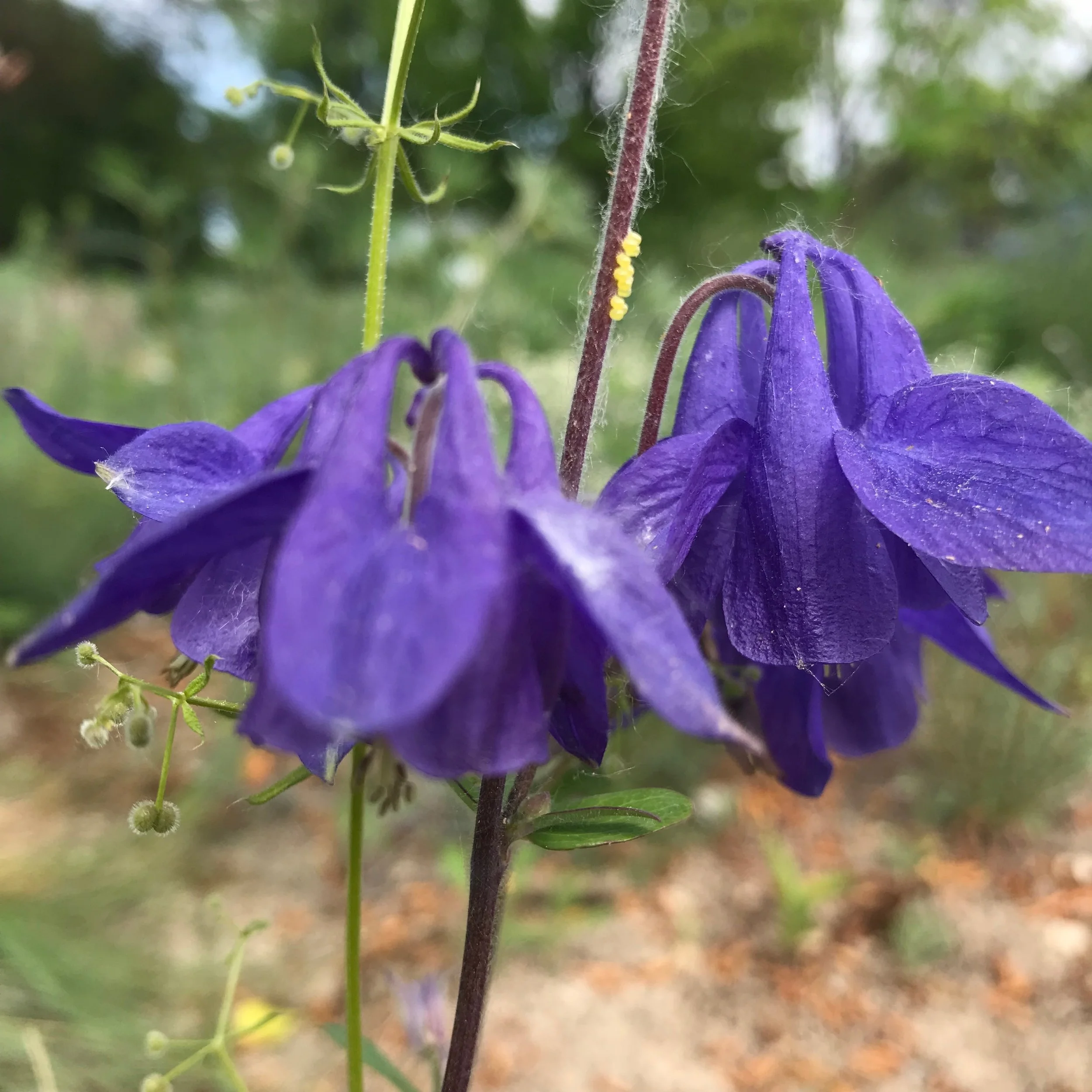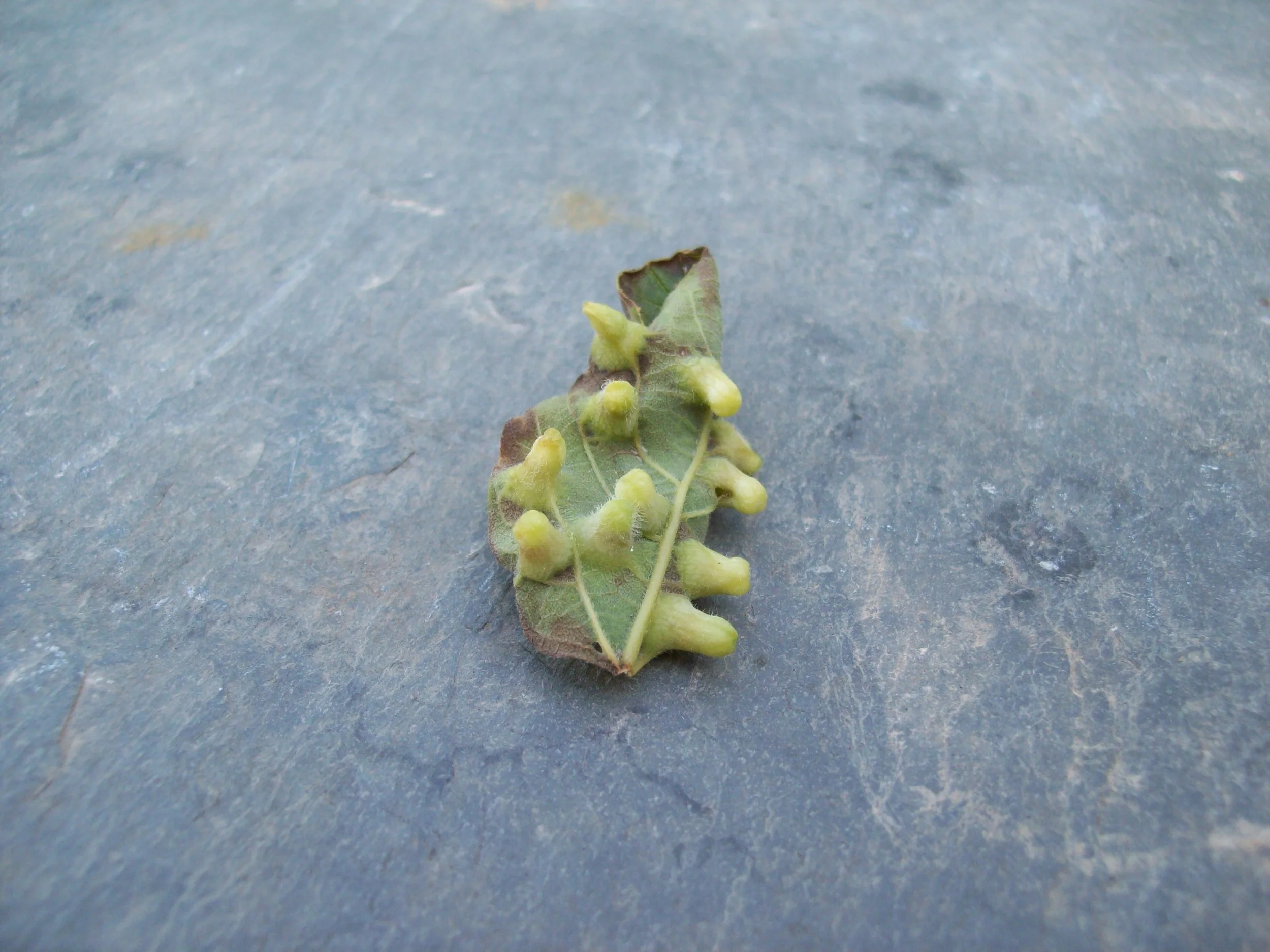Garden As Habitat
A Different Way of Thinking about Gardening
It's important to understand a few things about using native plants in your landscape. Native plants can provide food and habitat for wildlife.
Food
You might find some nibbling or browsing on leaves. Some people have enough garden space that some damage is permissible. In smaller spaces, the damage might ruin the appearance of the plant. In these instances we might do some intervention like hosing off an abundance of aphids or cageing a plant until they can handle some browsing. Where there is an abundance of deer, we can plant non-native, non-invasive xeric plants such as lavender, ornamental yuccas, etc. (which wildlife find less palatable). But natives plants are the best food source for native animals.
Habitat
On branches, you may find some galls. In stems of grasses, you might find larva. On leaves you might find eggs. This might be evidence of native pollinators and invertebrates at earlier stages of their lives. In the ground, you may find tiny holes, which are most likely native bee and other insects homes. Not deadheading or leaving a small debris pile in the corner of your yard can be a glorious mansion for many animals.
Eggs Pictured from left to right: Stinkbug eggs on Columbine, Stinkbug eggs on Curlleaf Mountain Mahogany, Lacewing eggs on Rose, Katydid eggs on twig.
Pictured from left to right: Hackberry Nipplegall Wasp, Cotton-gall Midge, Sagebrush Medusa gall Midge, Rabbitbrush Bubble-gall Fruit Fly
Soil
Our soils tend to be alkaline; however, in flood plain areas, more neutral. The plants we install are suited for our soils, so we don't use a lot of fertilizer or soil additives. In projects where we remove the lawn, we tend to find the soil in poor health. Healthy soils are very complex and full of activity. The planting will be an invitation for native animals to return. Also, the less cultivation, the better. Cultivation disrupts native bee’s and other ground dwelling invertebrate’s homes.
Another way to help with soil health is to leave the soil bare after planting. This encourages native bees, which is easier for them to dig into. It also allows native mosses to become established and crust to form. This will eventually also help keep weeds out.
Timing
We only plant in the spring or the fall. Harsh summer conditions can be too stressful. We try to follow nature's cues for plants' life cycles to dictate when we do our work: when they grow, flower, and then go to seed.
Certified Wildlife Habitat?
Go to this link to get information on qualifications for certifying your garden! https://www.nwf.org/CertifiedWildlifeHabitat
Or Pollinator Habitat?
https://xerces.org/pollinator-resource-center/mountain-region







